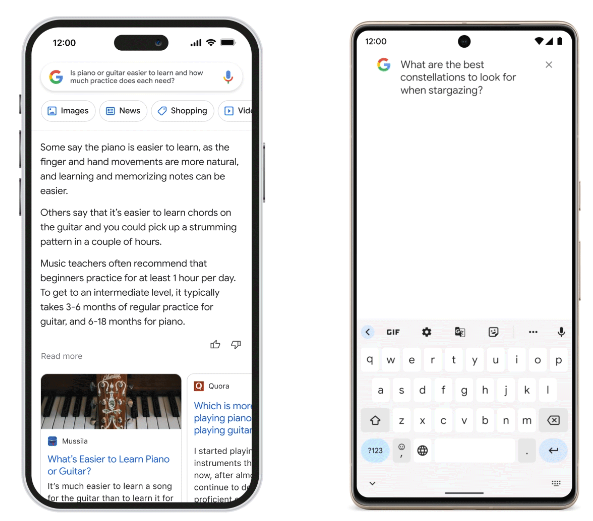What is Google Bard AI: Understand its features, use cases, and limitations
Google BARD is a state-of-the-art AI technology developed by Google, designed to enhance and improve natural language processing. With its advanced capabilities, Google BARD has the potential to revolutionize the world of AI, making it an essential tool for businesses and organizations looking to stay ahead of the curve. In this article, we will explore the features, use cases, and limitations of Google BARD, to give you a better understanding of this cutting-edge technology.

Features of Google BARD
Google BARD has a number of advanced features that set it apart from other AI technologies, including:
- Advanced Natural Language Processing: Google BARD uses advanced algorithms and deep learning techniques to understand and process human speech, making it capable of generating accurate and natural responses.
- Multi-Language Support: Google BARD can understand and respond to multiple languages, making it a valuable tool for businesses and organizations operating in multiple countries.
- Customizable: Google BARD can be customized to meet the specific needs of businesses and organizations, allowing it to be adapted to meet a wide range of requirements.
- Time-Saving: Google BARD can respond to a large volume of requests in a short amount of time, making it a highly efficient tool for businesses that need to handle a high volume of customer inquiries.
Use Cases for Google BARD
Google BARD has a wide range of use cases, including:
- Customer Service: Google BARD can be used to handle customer inquiries and support requests, providing fast and accurate responses that can improve customer satisfaction and reduce response times.
- Market Research: Google BARD can be used to analyze customer sentiment and feedback, providing valuable insights into customer preferences and opinions.
- Sales and Marketing: Google BARD can be used to support sales and marketing efforts, providing fast and accurate responses to customer inquiries and helping businesses to close more deals.
Limitations of Google BARD
Despite its many advantages, there are also some limitations to Google BARD, including:
- Reliance on Data: Like all AI models, Google BARD is only as good as the data it has been trained on. If the training data is of poor quality or limited in scope, the model’s responses may not be accurate or relevant.
- Bias: Google BARD can be biased if the training data contains bias or if the model’s algorithms are not properly designed to address bias.
- Limited Contextual Awareness: Google BARD may struggle to understand context, especially in complex or nuanced situations, leading to incorrect or inappropriate responses.
- Ethical Concerns: The use of AI models like Google BARD raises important ethical questions, including privacy and security concerns, as well as the potential for AI models to be used for malicious purposes.
Conclusion
Google BARD is a cutting-edge AI technology that has the potential to revolutionize the world of natural language processing. With its advanced features, customizable capabilities, and wide range of use cases, Google BARD is a valuable tool for businesses and organizations looking to stay ahead of the curve. Despite its limitations, Google BARD represents a major step forward in the development of AI, and its impact on the world of technology will be felt for many years to come.
More useful blogs related to AI:


ReplyDeleteMobile App Development
Software Development
Web Development
Web Design
Digital Marketing Agencies
SEO
IT Services Companies
Magento Development
Shopify Developers
PPC
Social Media Marketing
Offshore Software Development
Wordpress Development
Node js Development
Angular.js Development
React.js Development
Vue js Development
eCommerce Development
eCommerce App Development
Android App Development
Top Enterprise Mobile App Development Companies
Google Adwords
Facebook Marketing, Instagram Marketing
PHP Development
Managed IT Services
Website Development
IT Strategy Consulting
ReplyDeletePost Free Ads, Website Directory, Directory Submission
Free Listing, Free Web Directory Submission, Free High DA Directory
Free classified ad posting, Free Link Directory
Free blog posts, Ad Posting
Local news, Breaking News, Technology News
Nice blog
ReplyDeleteI am really impressed by reading this blog.
Admylisting.com, Classifieds in India
Blog Commenting